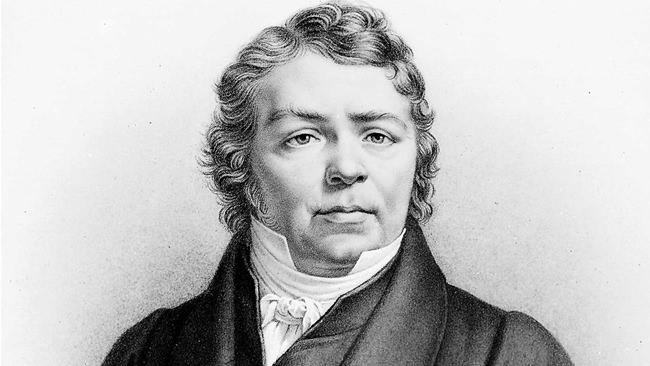
“…with the sound of music” I hear you murmur. Or perhaps I don’t, if you are under thirty and never seen that syrupy, sentimental musical from 1965, The Sound of Music. It starred Julie Andrews and no expense was spared in its production. By the end of the following year it had become the highest grossing movie of all time. Most of the location sequences were filmed in Austria where the story was set. And what else comes to mind at the mention of Austria, I wonder? Perhaps Wiener Schnitzel, Apfelstrudel, or Sachertorte spring to mind or if your interest runs to more esoteric matters, Austria might remind you of Sigmund Freud and Gustav Klimt or the baroque and rococo palaces of imperial days.
Austrians are proud of their musical heritage although the influential period of Austrian music was not as long as commonly supposed. During the Baroque, Austrian composers were a bit thin on the ground. There were only two who are still known, Heinrich Biber and Johann Fux whose name, you might be disappointed to know rhymes with “books” not “ducks”.
The years now known as the “classical period” were roughly between 1750 and 1830 and during that time, Austria really made its mark on the musical world. This was largely due to the enormous influence of Joseph Haydn, whose music was available throughout Europe and was widely imitated by other composers.
If you’ve ever wondered why so much late 18th century music sounds similar, this is one of the reasons. There were many other Austrian composers especially in Vienna, notably Mozart of course but also Richter, Wagenseil, Monn, Pleyel and Dittersdorf to name but a few.
Nineteenth century Austria saw the appearance of Schubert, the Strauss family, Bruckner and Mahler and the early years of the twentieth saw the rise of the so-called “Second Viennese School” which included Schoenberg, Berg and Webern. But since then, few Austrian composers have achieved international recognition.
It cannot have escaped your attention that 26th October is Austria’s National Day, celebrating the country’s declaration of neutrality and its regained status as a sovereign nation. Both composers this week were big names in their day but their music has undeservedly fallen out of fashion.
Vanhal was an extremely prolific composer who had a reputation for giving away pages of his music to friends as they left his house. Some works of are still being rediscovered, sometimes being pieced together from manuscript fragments.
Vanhal’s Concerto for Double Bass is considered the finest bass concerto of the time but it has to be admitted, there wasn’t much competition. The double bass was never a popular choice among composers as a concerto instrument, mainly due to the difficulty of balancing the soloist and orchestra. No one seems certain when Vanhal’s concerto was written but the latest research puts it between 1786 and 1789.
By 1800 Vanhal’s popularity as a composer had spread as far as America and he had many works in print. With over seventy symphonies and stacks of chamber music he eventually completed more than seven hundred works.
This excellent performance demonstrates that this is clearly the composition of a sophisticated composer. There’s a beautiful delicately scored slow movement which has all the grace and elegance of Mozart and an impressive cadenza. In contrast, the sprightly last movement with its distinctive cross-rhythms owes more than a little to Haydn.
Hummel was a child prodigy. When he was eight years old, Mozart was so impressed with the boy’s skills and musicianship that he provided tuition and accommodation for two years free of charge. Hummel later studied with Haydn, Salieri and Clementi and became one of the greatest pianists of his day. Like Mozart before him, Hummel’s father took him on a European tour. He stayed four years in London where Haydn also happened to be at the time. In 1791, Haydn composed a piano sonata for the thirteen-year-old star who gave its first performance in London’s prestigious Hanover Square Rooms.
Hummel’s trumpet concerto lies stylistically somewhere between the music of Haydn and the young Beethoven, who Hummel knew well. It was first performed on New Year’s Day 1804 to mark the composer’s appointment as Head Musician at Prince Esterházy’s court orchestra, succeeding Haydn. Perhaps it’s no accident that the galloping, technically-challenging last movement gives a passing nod to the music of the older composer.
 |
 |
 |





